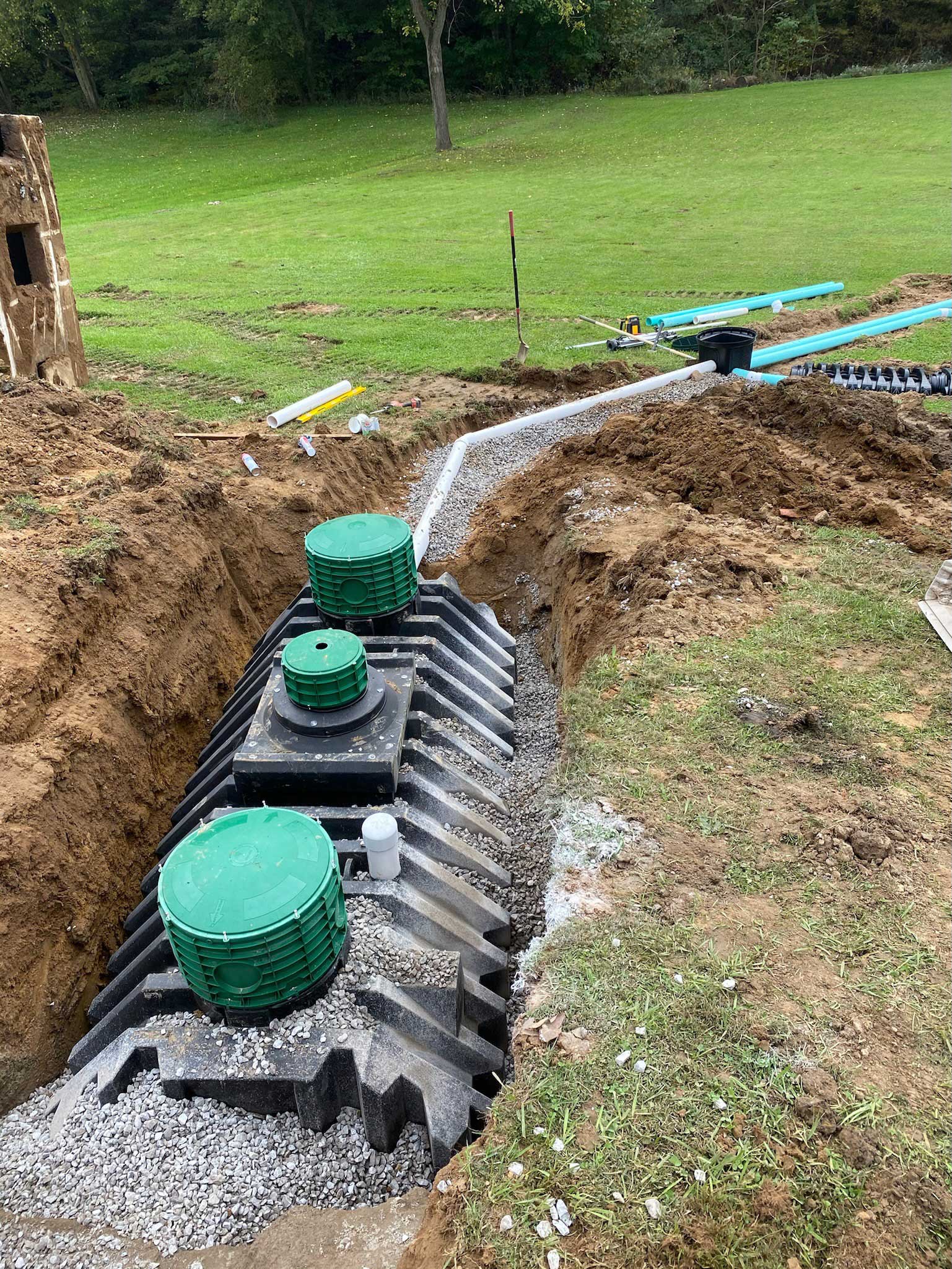Revealing the Art of Excavation: Pro Tips for Safe and Productive Digging
As soil is turned and earth is relocated, the ins and outs of excavation disclose themselves, requiring a keen understanding of equipment, dirt make-up, security methods, and ecological considerations. The competence required to browse these elements effectively can suggest the difference between a successful excavation project and a possible calamity.
Relevance of Proper Equipment
To make sure the safety and security and performance of any excavation project, making use of the ideal equipment is critical. Excavation projects differ in scope and complexity, varying from tiny residential landscaping work to large-scale building endeavors.
Excavators are basic pieces of machinery in any kind of digging procedure. These flexible devices can be found in different sizes to fit different project needs. Tiny excavators are optimal for smaller tasks, while bigger excavators deal with more extensive jobs successfully. Backhoes are another necessary devices type, integrating the features of a loader and an excavator in one machine. They are useful for tasks needing convenience and maneuverability.
Apart from excavators, various other critical tools includes dump vehicles, trenchers, and excavators. Discard trucks are essential for eliminating and transporting excavated products, while plates are made use of for digging slim and deep trenches. Excavators stand out in jobs that require pushing big quantities of dirt or particles. By buying the appropriate tools, excavation projects can be finished safely, promptly, and with precision.
Comprehending Dirt Composition
A comprehensive understanding of soil structure is fundamental for carrying out excavation jobs with accuracy and safety. Recognizing the various kinds of dirt is critical as it straight impacts excavation approaches, devices choice, and overall project efficiency.
Sand bits are the largest and give great water drainage but supply little communication. Silt particles are smaller sized than sand however larger than clay, using moderate drainage and cohesion. Clay particles are the smallest and supply high communication however inadequate water drainage. Raw material, such as decomposing plant material, influences dirt fertility and security.
Before beginning excavation, conducting soil tests to determine its structure and attributes is necessary. This info helps in selecting the appropriate devices, implementing safety procedures, and creating excavation strategies tailored to the certain dirt problems - septic ohio. By comprehending soil composition, excavation specialists can enhance project end results while making certain security and adherence to ideal practices
Precaution and Methods
Recognizing soil composition is the foundation whereupon safety procedures and methods for excavation jobs are built, making certain the health of workers and the success of the venture. There are several essential actions that need to be implemented to minimize risks and protect against mishaps. when it comes to safety during excavation.
First and leading, before any excavating commences, a detailed assessment of the website should be performed to determine any kind of possible hazards such as underground utilities, unpredictable soil problems, or nearby frameworks that might present a danger. It is essential to have a competent individual supervise the excavation process to make sure that all security protocols are over here followed strictly.
In addition, all workers entailed in the excavation needs to be correctly educated in risk-free excavating practices and the appropriate procedure of tools. By sticking to these security measures and methods, excavation jobs can be finished successfully and without incident.
Efficient Excavation Planning
When embarking on an resource excavation task, thorough preparation is important to ensure performance, security, and successful outcomes. Efficient excavation planning includes numerous essential steps that are vital for the smooth execution of the task. The very first step is to perform a detailed site evaluation to identify any type of prospective dangers, such as below ground utilities or unpredictable soil problems. This information is crucial for creating an in-depth excavation plan that consists of safety procedures and take the chance of reduction techniques.
As soon as the website evaluation is full, the next action is to develop a clear timeline and timetable for the excavation tasks. This includes determining the sequence of jobs, devices needs, and manpower allocation. Correct organizing helps avoid hold-ups and ensures that the task stays on track.

Furthermore, interaction among all team participants is critical during the preparation stage. Clear regulations, regular updates, and effective control are crucial for a successful excavation job. By investing time and effort in meticulous preparation, excavation teams can dramatically boost productivity, decrease risks, and achieve effective results.

Handling Ecological Considerations
With boosting focus on environmental sustainability in building techniques, managing environmental factors to consider has ended up being a crucial facet of excavation jobs. Excavation tasks have the prospective to influence the surrounding atmosphere with soil erosion, sediment runoff, habitat disruption, and contamination of water sources. To reduce these threats, it is important to carry out best techniques that focus Get the facts on environmental security.

Furthermore, appropriate waste management is important to stop dirt and water contamination. Implementing procedures for the disposal of hazardous materials, recycling of waste products, and decreasing making use of harmful chemicals can significantly decrease the ecological impact of excavation jobs. By integrating these methods into excavation preparation and implementation, building and construction business can guarantee that their jobs are not just risk-free and productive but also environmentally responsible.
Conclusion
To conclude, grasping the art of excavation requires a detailed understanding of correct equipment, soil structure, precaution, and efficient planning. By adhering to these guidelines and thinking about ecological elements, excavations can be performed safely and efficiently. It is important to focus on security and performance in every excavating job to guarantee successful results.
As soil is transformed and earth is relocated, the ins and outs of excavation reveal themselves, demanding an eager understanding of equipment, dirt structure, security protocols, and ecological factors to consider.To make certain the security and effectiveness of any kind of excavation job, utilizing the proper devices is paramount.A thorough grasp of soil make-up is essential for carrying out excavation jobs with accuracy and safety. Understanding the various types of soil is crucial as it straight influences excavation methods, tools choice, and total job effectiveness. By recognizing soil structure, excavation experts can enhance project outcomes while making sure security and adherence to best methods.